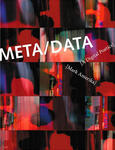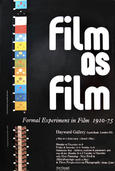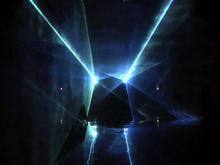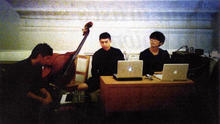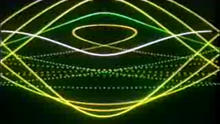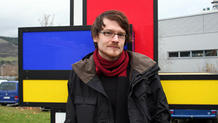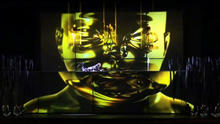Edwin van der Heide
(1970) is a Dutch artist and researcher in the field of sound, space and interaction. He extends the terms composition and musical language into spatial, interactive and interdisciplinary directions.
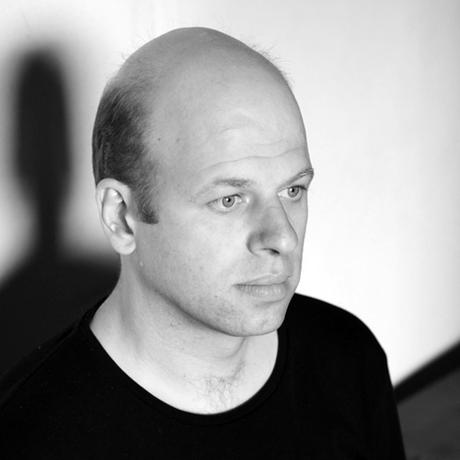
His work comprises installations, performances and environments. The audience is placed in the middle of the work and challenged to actively explore, interact and relate themselves to the work.
He has presented his work at renown museums and festivals as SMAK - Ghent, Ars Electronica Festival - Linz, Stedelijk Museum - Amsterdam, V2_'s DEAF - Rotterdam, ICC - Tokyo, NAMOC - Beijing, Transmediale - Berlin, SONAR - Barcelona, Taipei Fine Arts Museum, SFMOMA, FILE - Brazil and SONAMBIENTE - Berlin.
Beside’s running his own studio he is part-time assistant professor at Leiden University (LIACS / Media Technology MSc programme) and heading the Spatial Interaction Lab at the ArtScience Interfaculty of the Royal Conservatoire and Arts Academy in The Hague. He was Edgard Varèse guest professor at the Technische Universität Berlin (2009) and won the Witteveen+Bos Art+Technology Award 2009 for his entire body of work.
Source: Edwin van der Heide's website
